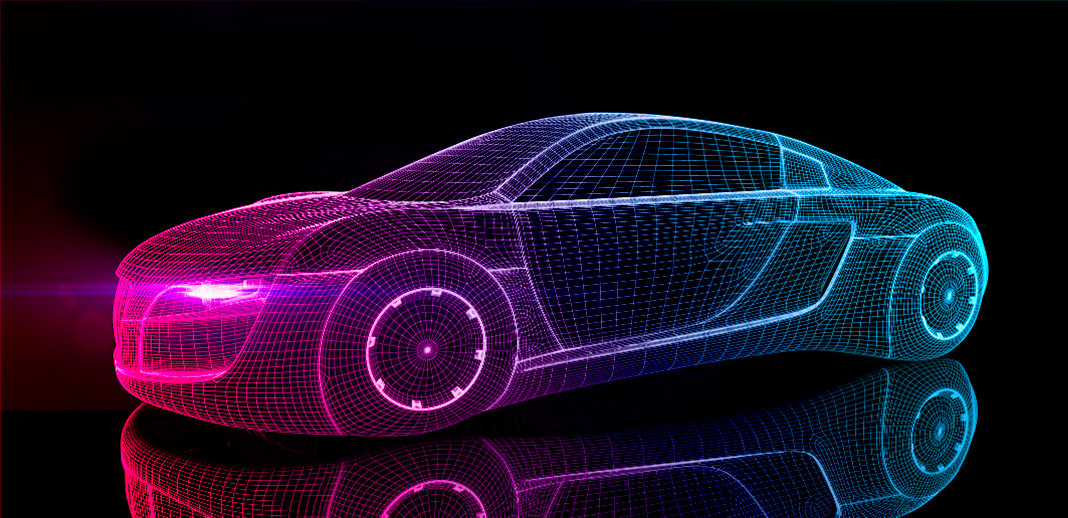Established global carmakers are moving into a period of rapid transformation as they shift from long-standing manufacturing principles to software-driven vehicle design. The precedent set by disruptors, like Tesla, for future-proof vehicles is a challenge every carmaker embraces despite the challenges.
It is widely understood that transitioning from a long-established manufacturing mindset to a software-driven architecture will require huge investment; what’s less clear is how the money should be spent. Having a software-defined strategy has become a necessity, but it’s easier said than done.
The key enabler will be in-car compute systems and sensors, the number of which is expected to grow toward 200 as they are applied to more processes, ranging from standard mechanical functions like brake and wheel performance to collision and object detection in autonomous vehicles. Different types of sensors – camera, radar, lidar, ultrasonic, odometry – will play different roles in increasingly complex configurations that will need to be continually updated and maintained.
Becoming data-driven
The real game-changer is being able to harness the huge volumes of data that the sensors generate. Not easy when each has its own software components and runs on different operating systems. The first challenge is to take them out of their silos, integrate the various systems, and create a single consolidated environment.
The next challenge is identifying the data sets that deliver the most value and the best way to access them for insights. Right now, carmakers are developing algorithms and machine learning models for autonomous vehicles, where data can be instantly crunched to assess the threat of an object in the road, for example, and initiate an immediate and appropriate response. They have to weigh up the options of applying the data processing at the point of capture in the car, at the edge, or sending the data to a cloud platform over a cellular connection.
Long term, a move to the edge or cloud will make the most sense. As part of a wider strategy, it will help gain more control over an emerging ecosystem of connected car services. When it comes to data, hyperscale platforms provide the compute power to run analytical algorithms and train machine learning models, giving ability to serve beyond a dedicated device and vehicle.
Multiple data sets can be securely warehoused and analysed, perhaps by a third party, while software-defined skills are needed to train machine learning models with various data sources. A large data set can yield reliable output. While more straightforward use cases are already here, such as cruise control where the driver is still in control, there is complex work to be done for fully autonomous vehicles, determining what quality and quantity of data is needed to meet KPIs that will enable them to drive safely.
Changing the culture
There are other challenges. Not only are carmakers using sensors in different ways from their competitors, they will have different configurations and levels of sophistication for a range of makes and models. Use cases will vary between budget and prestige cars, family saloons and high-performance cars. Software will need to be configured differently to support different data services.
This is a cultural as well as technical challenge for carmakers. Having spent decades building iconic car brands with engineering excellence, switching emphasis to a more software-driven design might lead to some internal resistance. Free from legacy, Tesla has had no such obstacles and enjoyed the start-up’s advantage of being a disruptor. To compete, carmakers must bring everyone in their organisation together and consolidate around a software-driven strategy that encompasses all their car lines and destination markets.
Find out more about the carmakers’ journey from Michael Wintergerst, EVP and Head of Cloud and Vehicle Platform at Volkswagen. He recently joined Cubic CEO Barry Napier to discuss: Software-Defined Vehicles enabling Data-Driven Business Models. Watch the webinar for free here.
If you would like to learn more about Cubic’s connected software and data insights offering for automotive, contact us today.

